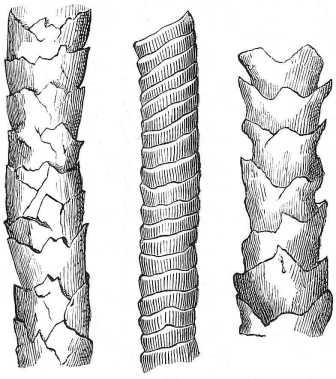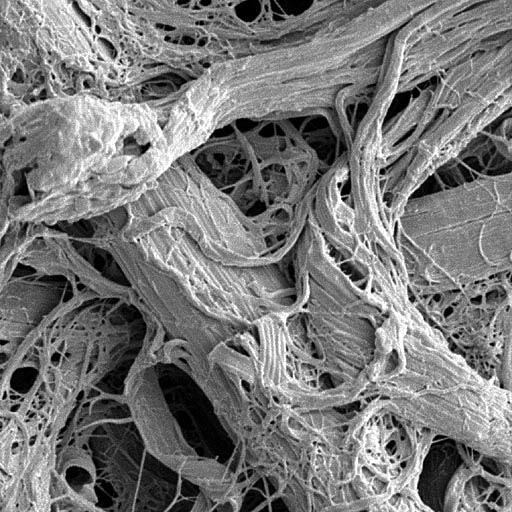The Crime Scene
During collection of fibers at a crime scene, fibers need only be placed in individual envelopes and marked as evidence. The same holds true for hairs, but if a hair is attached to another object certain steps have to be taken. If the object on which the hair is attached is small, such as a shard of glass, the hair and object must be placed in an evidence envelope and marked. If the object is too large, the are around the hair must be wrapped in paper to prevent loss of hair evidence. Tweezers can be used for removal of hairs or fibers if necessary.Analysis
Both hairs and fibers are analyzed using microscopy technology to compare samples, but the actual analysis varies between hair and fiber samples.
Hair
Individual strands of human hair, through analysis, can determine the race and relative age of the person from which the sample came as well as from where on the body the hair was located. In addition, dyed hairs are easily discernible under a microscope and can help identify the owner. Analysis of hair roots can determine how the hair was lost from the body. These traits discovered through hair analysis can help narrow the search scope and ultimately lead to the identification of a suspect. DNA can also be extracted from strands of hair to positively identify the perpetrator, instead of just narrowing the search.
Fiber
In contrast, fiber evidence is analyzed to associate a suspect through statistical elimination. Fibers found at the crime scene must be compared to fibers linked to a suspect. Moreover, the fiber has to be proven to be unique and therefore establish odds that the sample collected came from the suspected source. For instance, in the Atlanta Child Murder case, statistical evidence was used to determine that the chance the samples collected belonged to anyone other than the suspect was 1 in 29,827,776.
Reliability
Hair and fiber evidence is usually able to help establish a significant lead in a criminal case, but results based solely off such evidence is rarely considered conclusive. Statistical elimination is helpful in minimizing a list of suspects but ultimately can't be used as conviction-worthy evidence. Only DNA extracted from a hair sample is considered reliable and conclusive.











